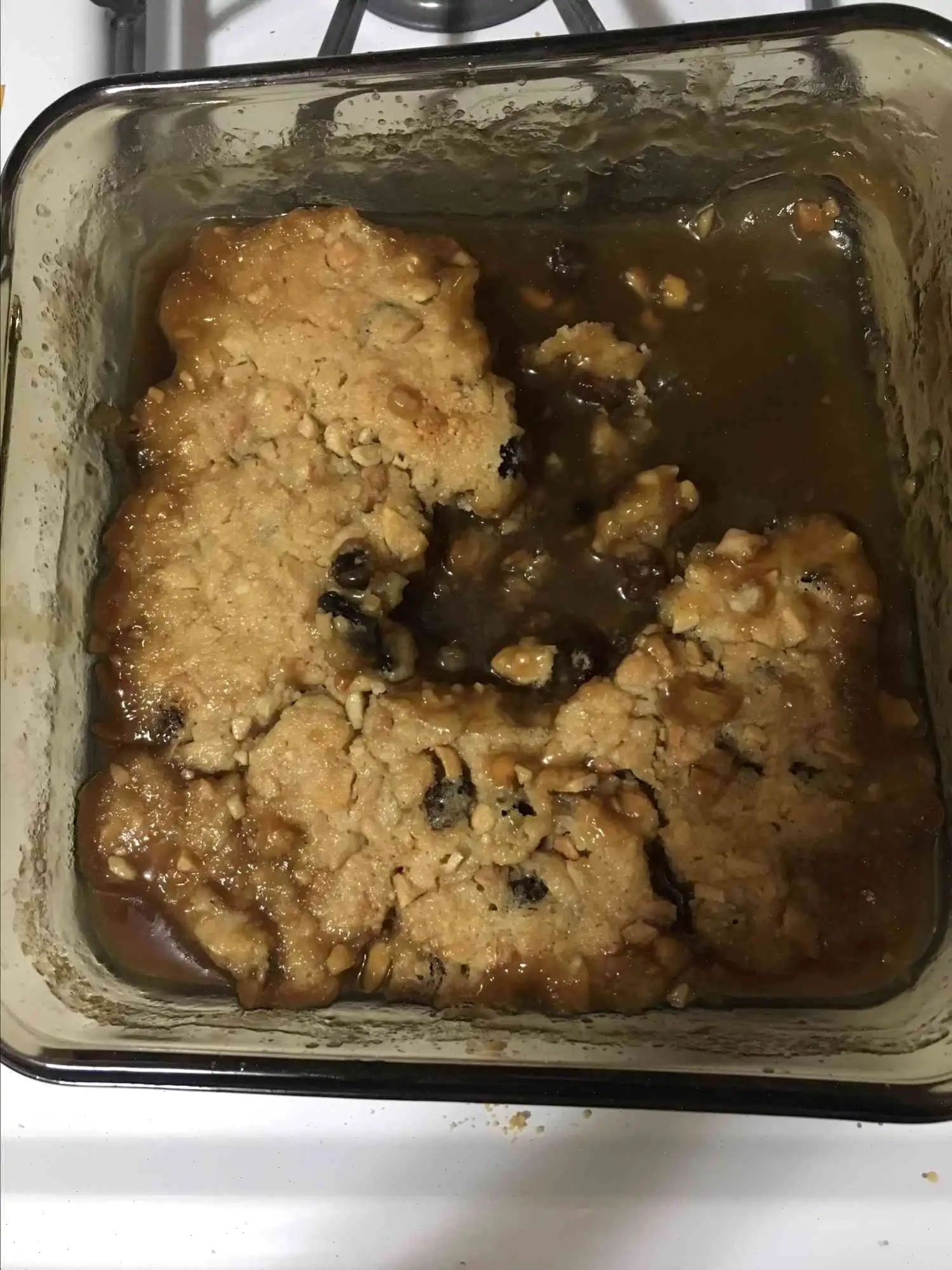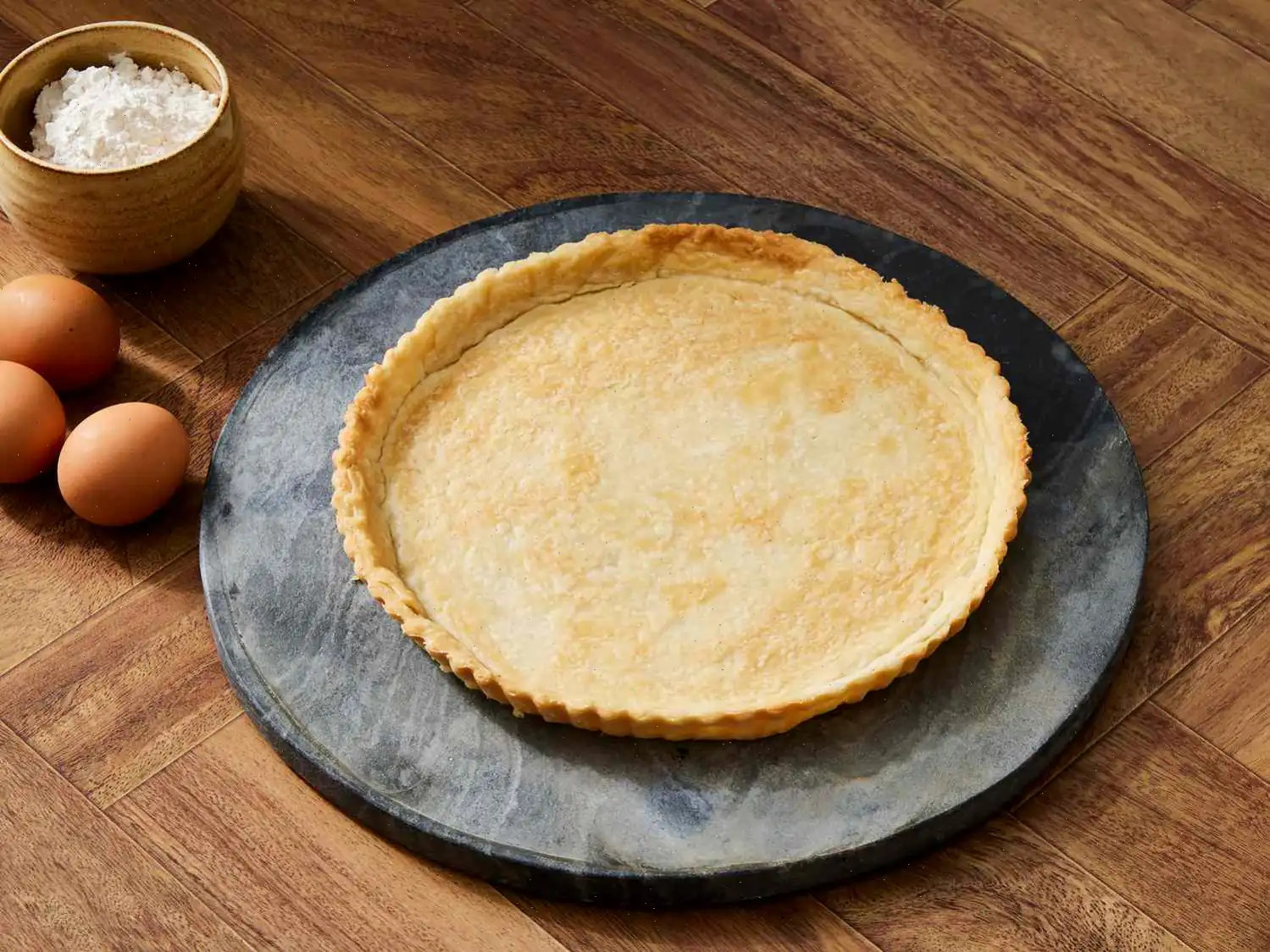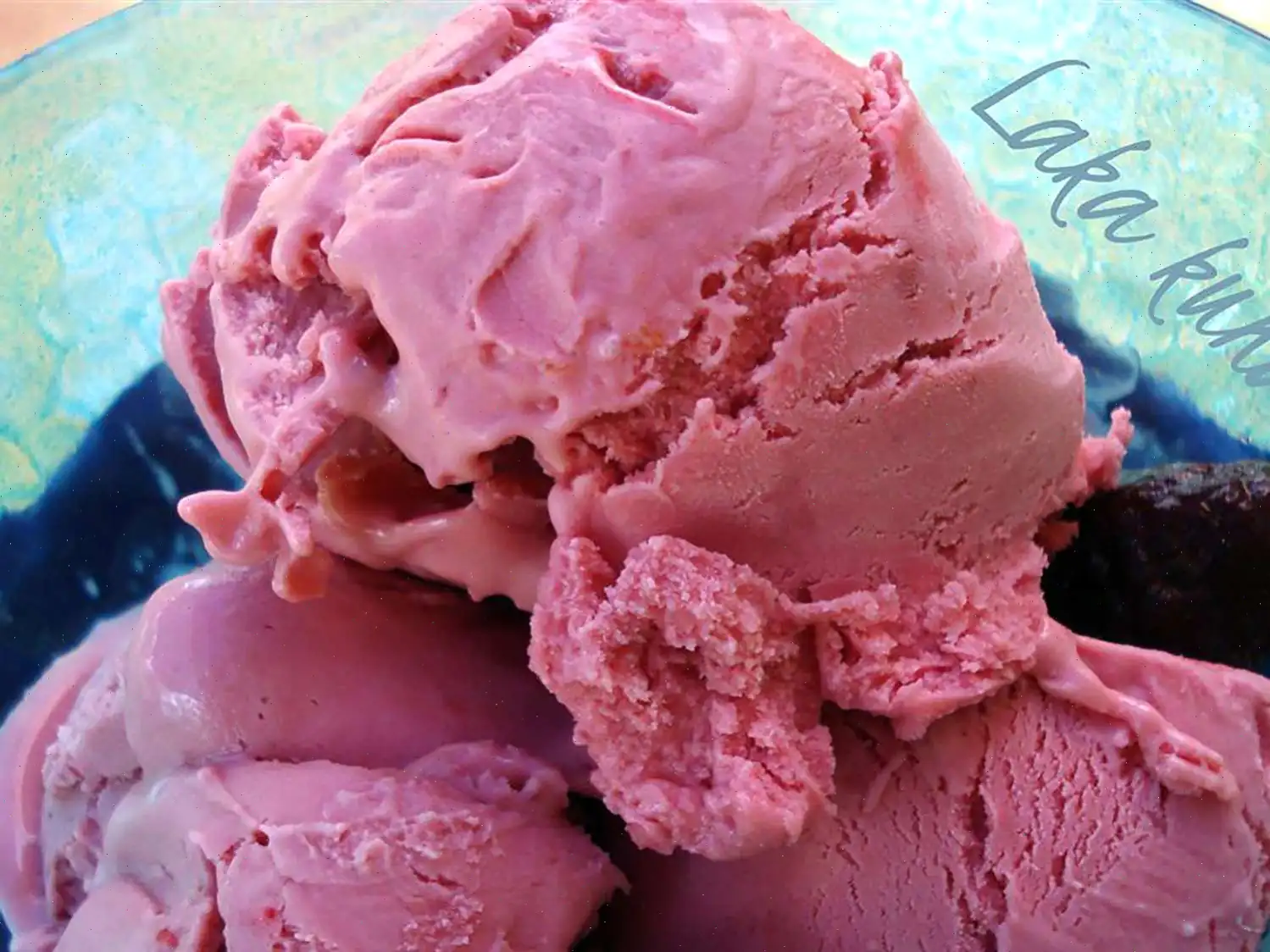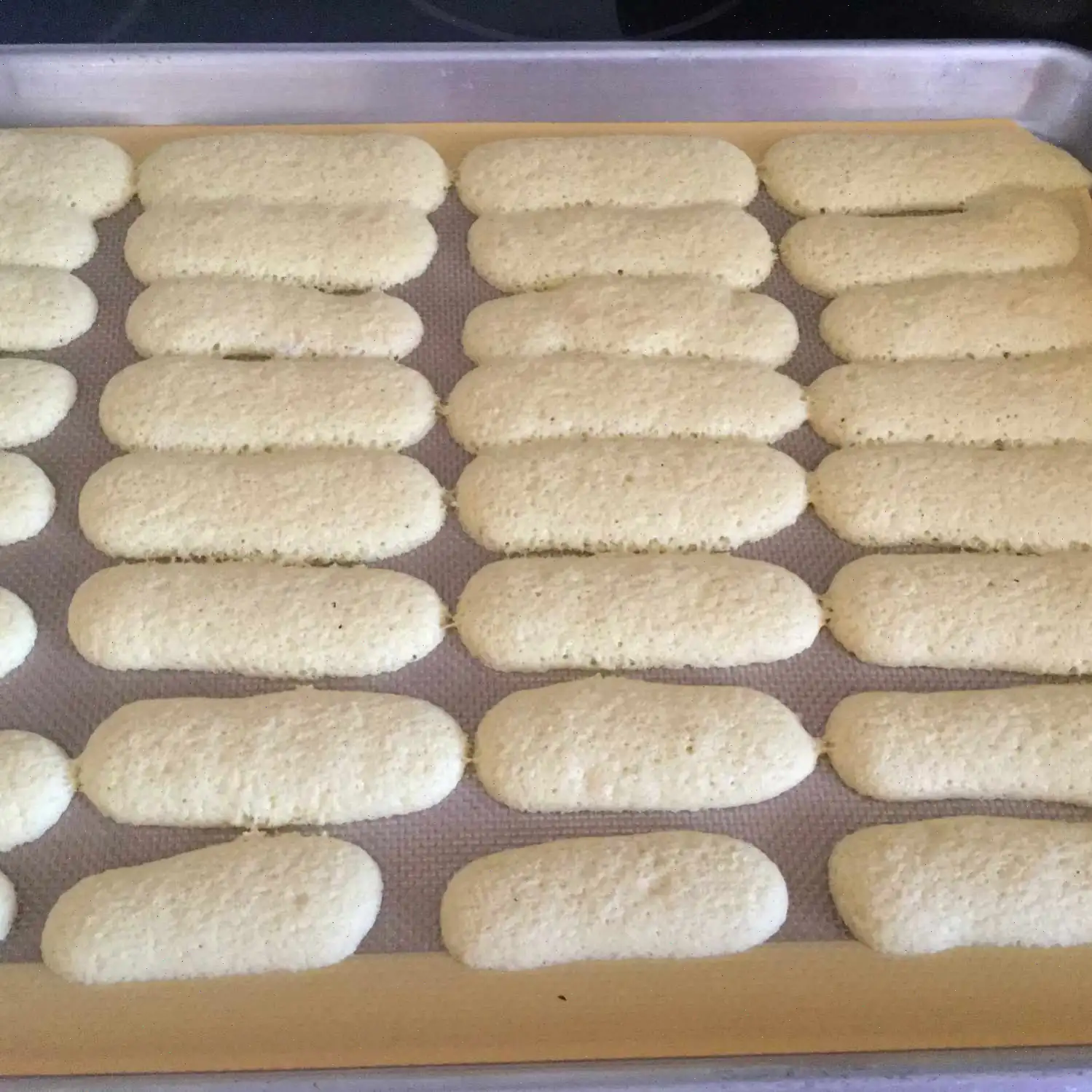
Hasty Pudding Recipe
This easy-to-make dessert is perfect for any occasion, combining the sweetness of brown sugar, the crunch of nuts, and the chewy texture of raisins. Here's how to make it:
Ingredients
- 1 cup packed brown sugar
- 1 teaspoon vanilla extract
- 2 tablespoons butter
- 1 cup boiling water
- cup white sugar
- cup all-purpose flour
- cup milk
- 1 teaspoon baking powder
- cup chopped nuts
- cup raisins
Directions
Step 1: Preheat the oven to 350F (175C). Grease a 9-inch square baking dish with butter or non-stick spray.
Step 2: In a medium-sized bowl, combine the brown sugar, boiling water, vanilla extract, and butter. Stir until the butter is melted and the ingredients are well blended. Pour this mixture into the prepared baking dish.
Step 3: In another clean bowl, mix together the white sugar, all-purpose flour, milk, baking powder, chopped nuts, and raisins. Stir until everything is evenly combined.
Step 4: Drop spoonfuls of the mixture onto the surface of the brown sugar mixture in the baking dish. Dont worry if it looks uneven it will bake beautifully!
Step 5: Bake in the preheated oven for 30 minutes, or until the dessert is golden brown and a toothpick inserted into the center comes out clean.
Step 6: Once baked, remove the dish from the oven and let it cool slightly. Serve warm, and enjoy the delightful combination of nuts and raisins with every bite!
Nutrition Facts (per serving)
| Amount per serving | Daily Value* |
|---|---|
| Calories | 226 |
| Total Fat | 7g (9%) |
| Saturated Fat | 2g (11%) |
| Cholesterol | 6mg (2%) |
| Sodium | 55mg (2%) |
| Total Carbohydrate | 40g (14%) |
| Dietary Fiber | 1g (5%) |
| Total Sugars | 31g |
| Protein | 3g (6%) |
| Vitamin C | 0mg (0%) |
| Calcium | 58mg (4%) |
| Iron | 1mg (5%) |
| Potassium | 146mg (3%) |
*Percent Daily Values are based on a 2,000 calorie diet. Your daily values may be higher or lower depending on your calorie needs.
** Nutrient information is not available for all ingredients. Amount is based on available nutrient data.

Hasty pudding is a classic dessert that has been enjoyed by generations, particularly in German and American Mennonite communities. It is a simple, comforting dish that consists of a moist cake-like texture with a rich, sweet sauce poured over it. The cake itself is often made with basic ingredients like flour, sugar, butter, and milk, and it bakes to a satisfying consistency in just under an hour. The pudding is traditionally served warm, topped with a buttery brown sugar sauce and sometimes garnished with raisins or nuts.
History of Hasty Pudding
Hasty pudding dates back to colonial America and has roots in the early English and German culinary traditions. It was a quick and economical dessert made using ingredients that were readily available, especially during hard times. The name "hasty" refers to the speed with which the dish can be prepared, making it an ideal choice for busy homemakers. The dish was common in American homes, especially in the 18th and 19th centuries, and was often served as a special treat at family gatherings and holidays.
Regional Variations
While hasty pudding is a dish that has been beloved in many regions, it is especially popular in Pennsylvania Dutch communities. These settlers, who were largely of German descent, contributed to the regional variation of the dish by incorporating nuts, raisins, and sometimes molasses into the recipe. The pudding's versatility means it can be adjusted to suit local tastes and preferences, whether by adding spices like cinnamon or incorporating fruit for extra sweetness.
How Hasty Pudding Differs from Similar Dishes
Hasty pudding is often compared to other types of puddings, but it differs in its texture and preparation method. Unlike rice pudding or bread pudding, hasty pudding does not rely on eggs or dairy as the primary binding agents. Instead, it is more of a batter-based dessert, where the ingredients combine to form a cake-like consistency during baking. Additionally, it is topped with a simple, syrupy sauce that infuses the cake with sweetness, creating a unique contrast of flavors and textures.
Where Hasty Pudding is Typically Served
Traditionally, hasty pudding is served in family settings, often as a comforting dessert after a hearty meal. It is particularly popular in regions with strong Mennonite or Pennsylvania Dutch heritage, where it may be featured at gatherings or holiday feasts. In modern times, it can be found in some American diners and home-style restaurants that specialize in nostalgic comfort foods.
Interesting Facts About Hasty Pudding
- Hasty pudding was often served as a "filler" dish during the Great Depression, providing a way to stretch limited ingredients into a satisfying dessert.
- The dish was also known in colonial America as "Indian pudding," a variation that included cornmeal as a base instead of flour, reflecting early American interactions with Native Americans.
- In the 18th century, hasty pudding was a popular dessert served at taverns and inns along the early American highways, often accompanied by a glass of cider or ale.
- The dish's name has influenced other culinary terms, with "hasty" being used in other contexts to describe quick-to-make dishes, such as hasty soup or hasty cake.
FAQ about Hasty Pudding Recipe
Comments
Samantha Miller
04/26/2024 01:52:44 PM
This dessert is absolutely amazing! I always have all the ingredients in my pantry. I simply boil the water and butter together, mix the sauce in the pan, and use just one pan for the dough. Clean up is so easy! I like to add 1 tsp of ground cinnamon to either the sauce or the dough (but not both!) I highly recommend this recipe.
Deborah Perez
06/24/2023 11:11:49 AM
Initially, I was quite disappointed when I first attempted this recipe. However, after making some modifications and giving it another try, I am now thoroughly enjoying it as I write this review. I reduced the amount of water and brown sugar to 1/3 cup each, and added more flour to create a thicker batter. With these changes, I have come to really appreciate this recipe!








